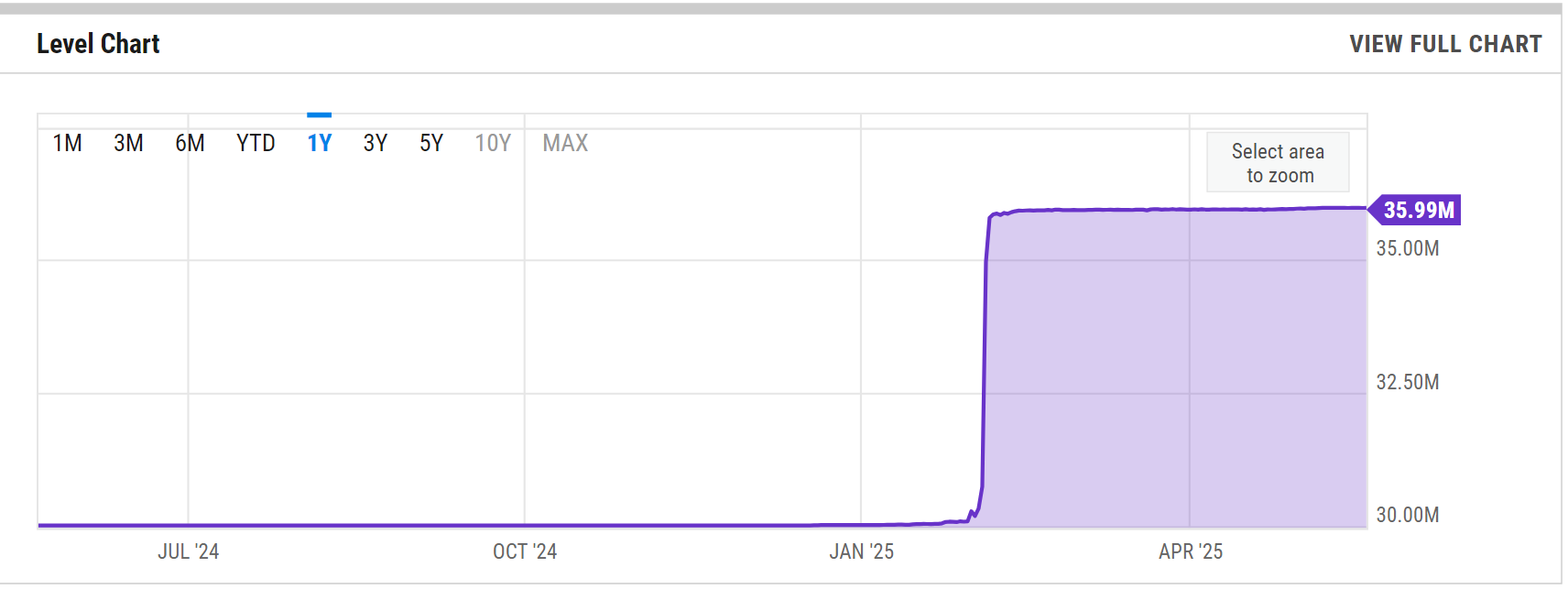Responding to Succinct Labs’ real-time proving milestone in the ecosystem, Vitalik Buterin says the Ethereum team hopes to increase the Layer1 gas limit by ten to 100 times.
In a recent post, Buterin commented on an X user’s skeptical take on an announcement from Succinct Lab’s co-founder Uma Roy about her team’s recent demo of a full “zkVM” proof system for the ecosystem’s execution layer.
Although Buterin does congratulate the Succinct team on their progress, he proceeds to point out four areas that the project — as well as the wider network — needs to tackle in order to make real-time proving a reliable feature for users on the Layer1.
“So, truly amazing work by @pumatheuma and team, but definitely still a few steps to the final destination,” said Buterin.
Buterin underlined how the Succinct Labs’ demo for real-time Ethereum (ETH) proving mechanism was tested out on average-case timings, not worst case tests. He emphasized the need for worst case timings in order to make the mechanism safe for wider L1 use.
Moreover, he stated in his post that the Ethereum team aims to raise the Layer1 gas limit by 10 to 100 times its current rate. According to data from YCharts, Ethereum’s current average gas limit is at 35.99 million, a slight increase from yesterday’s average gas limit which stood at 35.98 million.
“We wanna 10-100x the L1 gas limit,” said Buterin.

Buterin also said Succinct’s proving mechanism still lacks formal verification, which is necessary to assure users that it is seamless and relatively bug-free. Not only that, the real-time proving system still needs around 100 kilowatts of power to churn out proofs at the demonstrated speed.
Buterin argued that to make it available for broader participation, the energy cost needed to generate proofs should be around as low as 10 kW. This way, the energy rate is home-use friendly and would enable small teams or individuals to run their own real-time proofs.
What is Ethereum’s current gas limit?
Compared to a year ago, on May 21, 2024, the ecosystem’s gas limit has increased by nearly 20%. The number increased by nearly 6 million from 30 million one year ago.
If Ethereum does manage to raise its gas limit by 10 to 100 times, its gas limit could reach as high as 360 million to 3600 million. Ethereum’s gas limit represents the maximum gas units needed to process a transaction or smart contract on the network.
It acts as a cap, preventing transactions from using excessive resources that could lead to high fees or generating congestion on the network.
Even if real-time proving mechanisms become available on-chain, each one requires a considerable amount of gas. Therefore, in order to make it viable at scale, it would require a higher gas limit compared to what the network’s current block gas limit would allow.
Last February, the Ethereum network raised its gas limit for the first time since 2021. The gas limit reached 32 million gas units, surpassing 30 million for the first time in nearly five years. At the time, around 51.1% of validators approved the gas limit adjustment without a hard fork.

